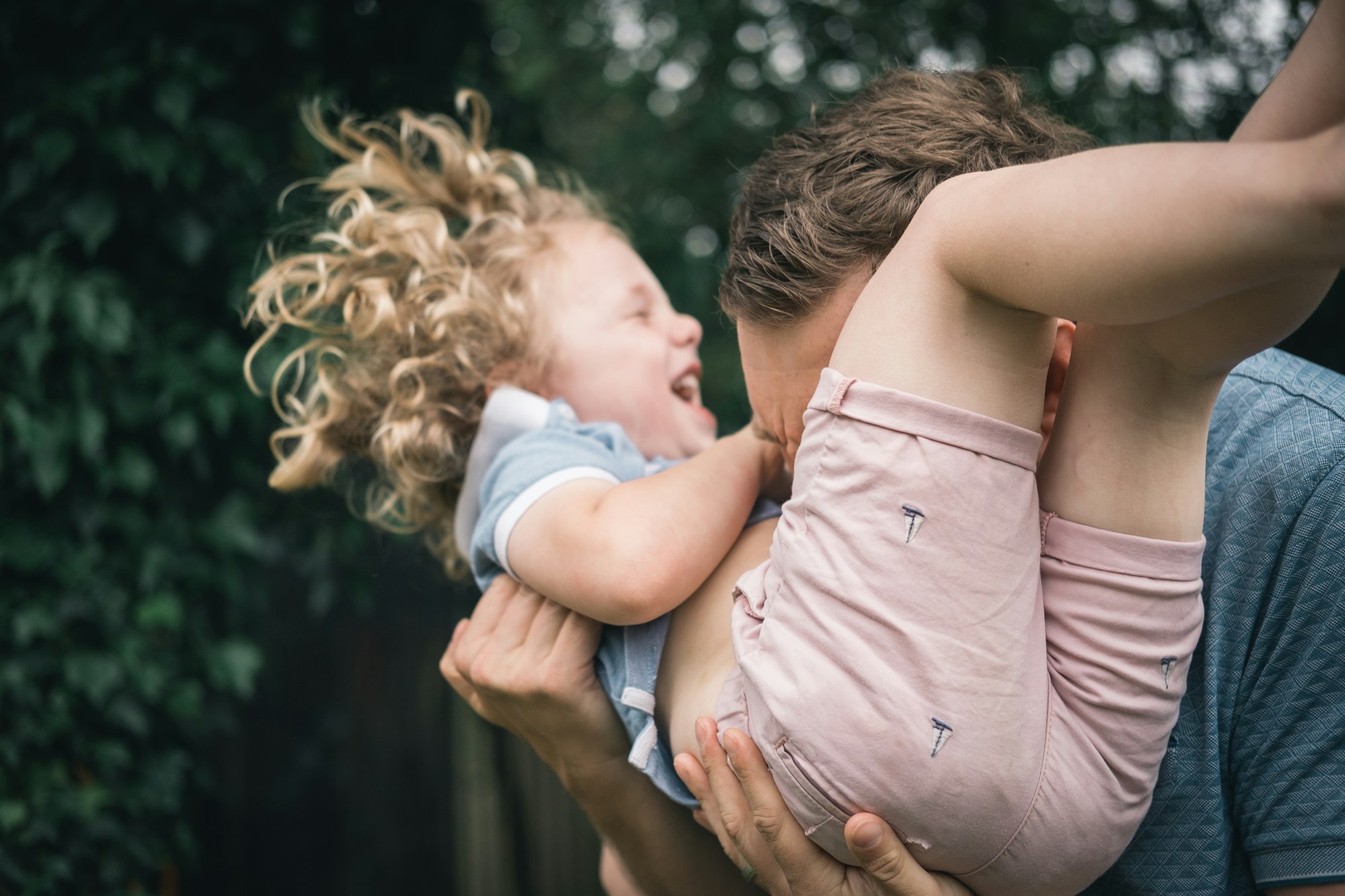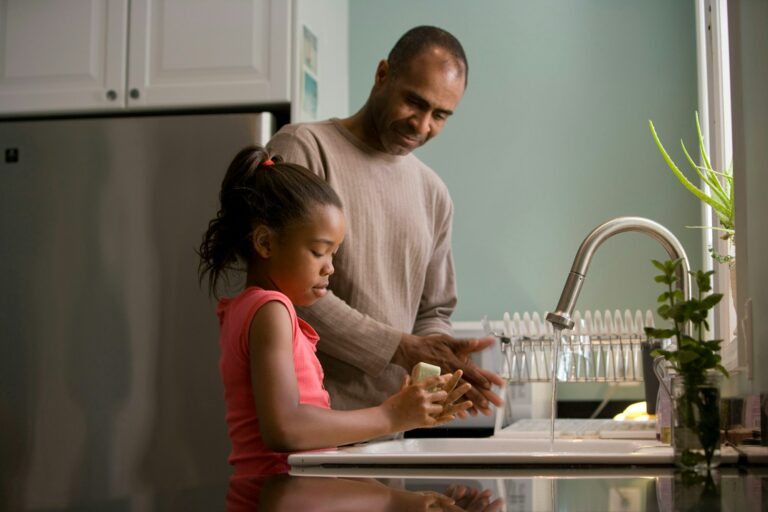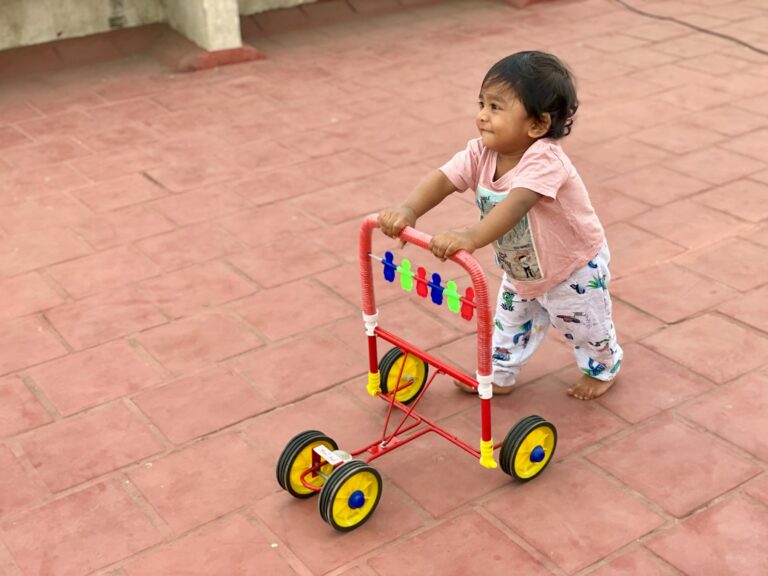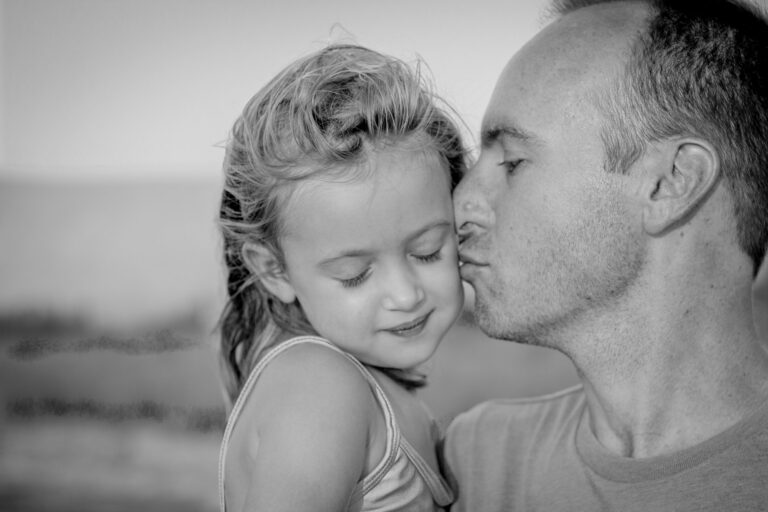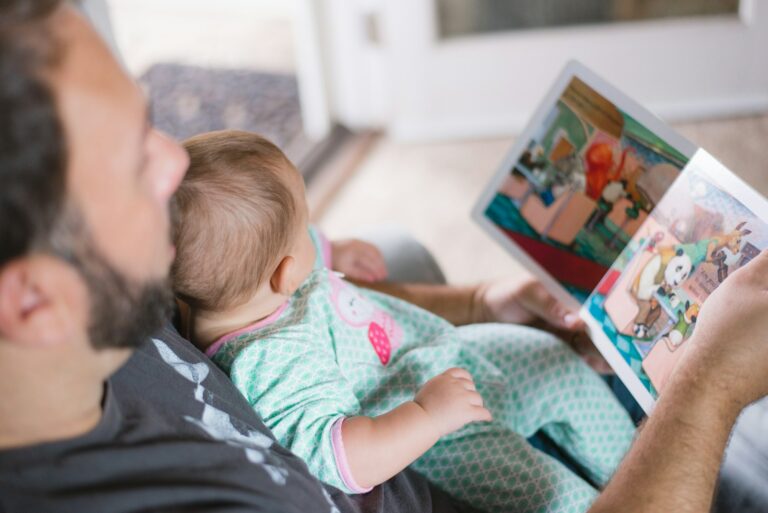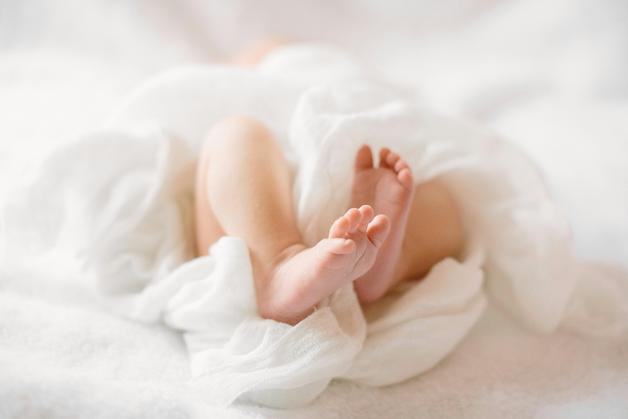Embarking on your child’s journey toward potty training baby independence often brings a swirl of curiosity, impatience, and even a pang of worry—every parent wonders “When?”, “How?”, and “What if it doesn’t work immediately?” Maybe you’re noticing tiny shifts in your child’s behaviour, or perhaps nursery teachers keep mentioning “toilet cues” and dry periods. The road ahead? Sometimes it’s marked by hesitant steps, small victories, and a few messy moments. But it’s also a science-backed adventure in child development—where motor skills, body awareness and emotional security unfold together. Ready to decode the process? Let’s unravel, one cue, one routine, and one success at a time, what sets your child up for lasting potty confidence.
Recognising Readiness and Bodily Cues
How do you know when your child is ready for potty training baby? Science offers a checklist—look for an evolving ability to stay dry for hours, sudden hiding before a bowel movement, tugging on wet clothes or even pointing to the bathroom with curiosity. Neurological development matters here: the nervous system must coordinate sphincter control so that urine and stool aren’t just released reflexively, but consciously. Some children, quite fascinatingly, begin to achieve this control as early as 18 months, while others take more time. It’s less about reaching a fixed age and more about reading subtle signs: imitating adults, pulling up pants, climbing stairs with alternating feet (a marker of maturing coordination).
Importantly, if big changes loom—a move, a new sibling, illness—pausing the process safeguards emotional well-being. Pressuring a child whose signals aren’t there yet can backfire, sometimes sowing seeds for resistance or even constipation due to anxiety.
Involvement from Diaper Days
From babyhood, involve your child in the everyday routine of diaper changes. Let them hand you a wipe, peel back a tab, or toss the dirty piece away—these small rituals cultivate awareness. As months go by, standing diaper changes (for urine) foster a sense of participation, subtly shifting toilet habits from passive to proactive. Children begin to view the act not as something done to them, but as a personal, necessary function. Here, framing elimination as a natural body process (not an act performed to please adults or as a reward currency) is invaluable for their self-image.
The First Steps: Introducing the Potty & Underwear
How you introduce the potty can colour your child’s attitude for months. Suggest picking a potty or seat reducer together—choosing “my potty” creates pride, not apprehension. The same principle applies for underwear: let them marvel at new fabrics or prints and anticipate wearing “big kid” pants. Explaining in simple language, “Pee and poop go in the potty,” and creating a predictable, consistent location for toilets (ideally the bathroom, with privacy) reduces ambiguity and chaos. Sometimes, demonstrating—letting your child watch you or older siblings—demystifies routines that, from a toddler perspective, seem shrouded in secrecy.
A doll potty or a teddy bear “practice run”? Fun, as long as there is a clear distinction between play and function.
Establishing a Potty Routine: Consistency and Calm
Potty training baby routines thrive with rhythm. Offer potty time systematically—after waking, before bed, after meals, and before outings. Start low-pressure: simply sitting (even clothed) at regular times soaks your child in habits well before they link the feeling of fullness to action. Use straightforward vocabulary: “time to pee,” “let’s try the potty.”
It’s tempting, during setbacks or stubbornness, to negotiate or bribe—yet studies suggest pressure often delays skill acquisition or spurs resistance. Calm, persistent encouragement trumps any reward chart. Praise every try, every dry hour, every display of awareness, not just the “outcome.” This nuanced positive reinforcement enhances self-efficacy and body trust.
Accidents? Completely expected. Each “oops” moment should be met with a neutral tone (“That’s okay, we’ll try again next time”)—avoiding frustration and shame shields emotional terrain for learning.
Potty Training Baby: Techniques and Perspectives
How families approach potty training baby spans a spectrum:
- Elimination communication (EC): Involves keen observation of infants’ signals (restlessness, facial changes) and responding by offering the potty, starting as early as the newborn period. EC is less about a race to finish and more about deep body communication—translating physical signals before words even appear.
- Parent-led or timed training: Establishing regular times (e.g., post-meal, after naps, before sleep) and gently guiding your child while using clear words and routines—often between ages 18–36 months.
- Three-day intensive: A brief, highly consistent blitz of underwear-only days—frequent potty trips, close observation, and quick responses for maximum immersion.
Is one approach superior? Research doesn’t favour a universal best. Physiological development, parental schedules, and family values all shape the right fit. Trusting the child’s pace and showing flexibility surfaces as the single most protective factor for confidence and independence.
Potty Training Baby: Day and Night Journeys
Daytime Progress
During the day, focus on body signals: shifting weight, holding the crotch, freezing mid-play. Prompt gently but respect refusals—coercion often delays, rather than accelerates, autonomy. When your child reaches for the potty by themselves, cheers are warranted, even if the results come later.
Nighttime Complexity
Night dryness relies on nocturnal secretion of antidiuretic hormone, not just habits. Most children don’t naturally wake to bladder signals until ages three to five—sometimes later. If a naptime diaper comes off dry consistently, that’s your cue to try without it. Waterproof bedding, accessible toilets or potties, and a calm bedtime routine (always including a potty attempt) are your allies.
Night “accidents” do not mean failure—bladder maturation can lag behind motivation for years. Revert to night diapers as needed, and reintroduce independence when sleep patterns and hormone levels align.
Keeping Potty Training Baby Consistent Outside Home
Consistency is your ally—even beyond the four walls of home. Show your child the bathroom wherever you go. Pack spare clothes, wipes, and (if possible) a compact potty or seat reducer for outings. When nature calls in public settings, adapting the technique—squatting above unsanitary seats, using liners if necessary—helps children generalise toilet independence, even when overwhelmed by new smells and noises.
If an accident happens at a wedding, on the train, or in the late-night park, responding with composure (“No worries, let’s clean up”) can make all the difference in self-esteem.
Travel, with its unpredictable rhythm, benefits from scheduled toilet breaks and portable potties. Maintaining routines wherever possible reduces setbacks.
Common Challenges and Gentle Solutions
Some children dig in their heels—refusing the potty, clutching their diapers with surprising tenacity. This protest can grow from bodily unreadiness, or simply comfort with old habits. Offering the potty at regular intervals, without ultimatums or power struggles, is most protective. Occasionally, a child insists on passing stools in diapers—allowing this transition, rather than forcing change, reduces the risk of stool withholding and constipation.
Life disruptions—a family move, the birth of a sibling, illness—spur temporary regressions. Maintain routines where possible, provide extra reassurance, and trust in plasticity; children resume learning when stress abates. Professional advice is necessary if your child shows distress, persistent refusal, or if potty training baby hasn’t initiated after age three. Paediatricians may examine for underlying conditions.
When Medical Expertise Matters: Health and Potty Training
Physical health and development cast long shadows. Constipation—sometimes subtle, presenting only as infrequent or hard stools—can cause pain and dread of the potty. Hydration, regular fibre, and early intervention are central. Signs that demand medical review include:
- Blood in stool or urine
- Persistent pain or straining
- Refusal to urinate for prolonged periods
- Symptoms of urinary tract infection: fever, irritability, painful urination
If emotional battles or developmental concerns persist, seeking guidance brings reassurance and tailored solutions.
Supporting Special Needs and Diverse Routines
Not every child steps to the same rhythm. While some research notes girls may attain dryness sooner, there is more overlap than difference. Twins, siblings, each progress along their own curve. For children with developmental delays or physical differences, adaptations—sometimes physiotherapy, sometimes visual cues, sometimes professional aids—reshape the journey.
Cultural routines impact the process as well—whether early EC, sustained use of cloth nappies, or family-led gradualism. Adapt strategies to align with your child’s comfort and security, mindful that body autonomy, not adherence to a schedule, underpins genuine success.
Sustainable habits—cloth diapers, regular training pants—can, over time, decrease disposable waste and expenses, offering ecological as well as health benefit.
Tracking Progress and Celebrating Milestones
Understanding that skill-building is nonlinear, what signals progress during potty training baby?
- Voicing or signalling the need to go—even with a grunt or dance.
- Drier diapers for extended hours.
- Independently sitting on or using the potty.
- Managing pants before and after toileting (a feat of fine motor skill).
- Initiating toilet use without prompting.
Every small step, every new word, every dry morning deserves encouragement. Emphasise hygiene—washing hands, flushing toilets—early and often, anchoring these as non-negotiable rituals for a lifetime of health.
Key Takeaways
- Physical readiness—capacity for bladder/bowel control—determines the start of potty training baby, not calendar age.
- Emotional security and consistency empower children in this journey.
- Early participation in diaper changes lays a foundation for toilet independence, while gentle, routine-based transitions build trust.
- Medical perspectives highlight the value of patience, body autonomy and prompt intervention for any constipation or distress.
- Setbacks and accidents are learning opportunities, not failures—parental composure helps maintain confidence.
- Individualised approaches, adapted for cultural and familial routines, protect both progress and well-being.
- Don’t hesitate to discuss concerns or persistent issues with healthcare professionals; there are always resources and expertise available.
- For tailored advice, practical tips, and health questionnaires, explore application Heloa to support your child’s unique learning curve.
Questions Parents Ask
Can you start potty training a baby before 12 months?
Initiating potty training baby before the first birthday often sparks conversations! While some families pursue elimination communication (EC) from birth, research indicates that consistent bladder and bowel control—the ability of the nervous system and pelvic floor muscles to consciously hold and release urine or stool—rarely matures before 18 months to three years. Trying EC early can foster close parental observation and body communication, but requires significant patience and gentle methodology. Remember: each child develops control at their own pace, and early attempts need to remain playful and pressure-free.
How do I know if my baby is ready for potty training if they can’t talk yet?
Verbal speech isn’t required for potty training baby. Many nonverbal cues offer insight: longer stretches of dryness; a sudden pause in play to squat, hide, or clutch their clothes; fascination with others using the bathroom; tugging at wet diapers. Some even communicate with a unique glance or a special whimper. If you verbalise what’s happening (“Oh, you’re peeing!” or “Time to use the potty”), you gently link your child’s sensations to words, paving the way for self-awareness and, later, speech. The journey is as much about decoding your child’s language as teaching them a routine.
Further reading:

